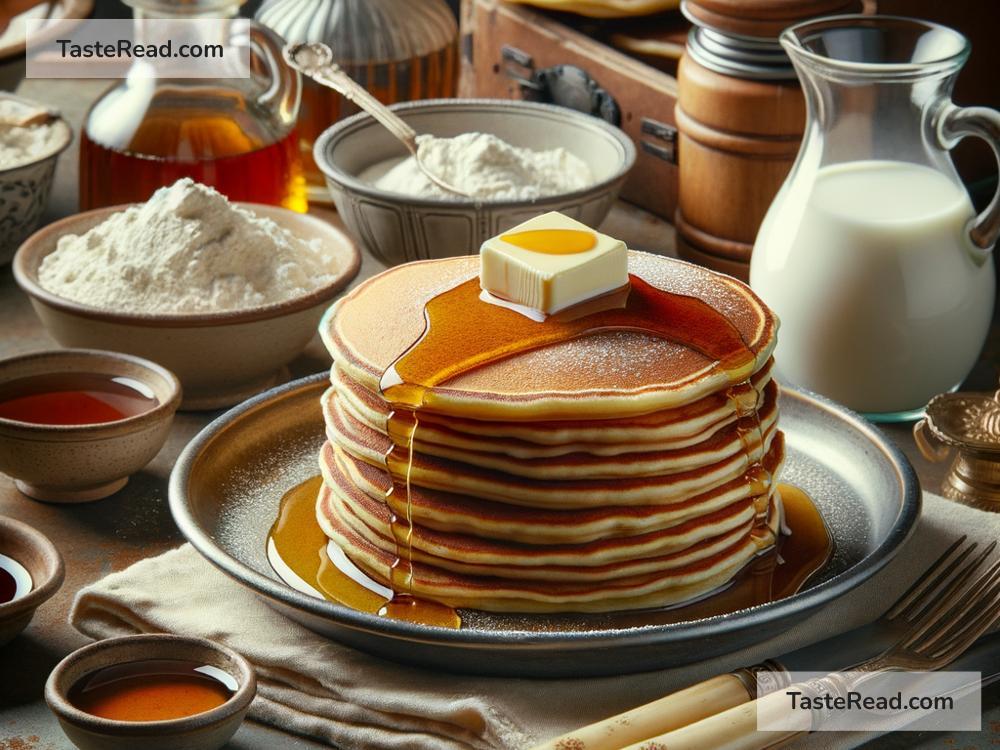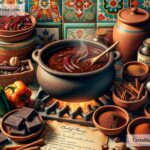The Origins of the American Pancake
Few things bring joy to an American breakfast table like a stack of pancakes. Fluffy, golden, and dripping with syrup, pancakes are a beloved tradition that has endured for centuries. But where did this classic breakfast food come from? The story of the American pancake stretches across time and cultures, a tale of evolution that connects people through the love of simple yet delicious food.
Pancakes Around the World
Before we dive into the American pancake, it’s important to understand this dish’s broader history. Pancakes, or flat cakes made from batter and cooked on a pan or griddle, have existed in some form for thousands of years. Ancient Greeks and Romans made early versions of pancakes using simple ingredients like wheat flour, honey, and milk. The Greeks called their flat cakes “tiganites,” while the Romans referred to them as “alita dolcia,” meaning “sweet others.”
In the Middle Ages, pancakes spread across Europe, evolving into regional variations. English pancakes were thin and often eaten with sugar and lemon, while French crêpes were delicate and served with both sweet or savory fillings. Pancakes were a way to use common ingredients in the kitchen efficiently, particularly during Lent when eggs, dairy, and fats were restricted.
Early Pancakes in America
When European settlers came to America in the 17th and 18th centuries, they brought their love of pancakes with them. Recipes for pancakes can be found in early colonial cookbooks, showing that this dish was appreciated in the New World as much as it was back home.
Settlers adapted pancake recipes to fit the resources available in their new environment. Cornmeal, an ingredient easily sourced in North America, was used to make “corn pancakes” or “hoecakes.” These were cooked on a flat hoe over an open fire, giving them their unique name. Native Americans also influenced early American pancakes by introducing settlers to ingredients like maple syrup, which became a favorite topping for pancakes and remains popular today.
The Rise of the American Pancake
The American pancake, as we know it today, began to take shape in the 19th century. Thanks to innovations in cooking and the emergence of new ingredients, pancakes became lighter and fluffier compared to the dense flat cakes of previous centuries. The introduction of chemical leavening agents like baking soda and baking powder enabled batter to rise during cooking, creating the airy texture associated with modern American pancakes.
At the same time, wheat flour became more widely available in America, replacing the cornmeal that early settlers had relied upon. Recipes also began incorporating other staple pantry items like eggs, milk, and butter, rounding out the flavor profile. By the mid-1800s, pancakes had cemented their place as a popular breakfast food.
Pancake Mix Revolution
The late 19th and early 20th centuries saw the invention of packaged pancake mix, revolutionizing how pancakes were made in American homes. Pearl Milling Company introduced the first branded pancake mix, Aunt Jemima, in 1889. The mix promised convenience, offering customers a fast and easy way to prepare pancakes without measuring individual ingredients.
Pancake mixes took off in popularity, and other brands like Bisquick followed in the 1930s. These ready-to-use mixes transformed pancake-making into a quick and often foolproof process. The convenience of boxed pancake mixes played a key role in solidifying pancakes as a staple of American breakfast culture.
Pancakes in Modern America
Today, pancakes continue to be a beloved breakfast food in America. Whether enjoyed at home, in diners, or at big chains like IHOP (International House of Pancakes), they hold a special place in the hearts of many. From plain buttermilk pancakes to creative variations stuffed with fruit, chocolate chips, or even bacon, the versatility of pancakes means there’s a version for every taste.
The traditional accompaniment to pancakes—maple syrup—remains an iconic pairing, but modern toppings have expanded far beyond syrup alone. Butter, whipped cream, jam, nuts, and fresh fruits are just a few of the ways people customize their stacks. Pancakes are also celebrated on Shrove Tuesday (or Pancake Day) in some parts of the world, continuing their connection to centuries-old traditions.
A Delicious Legacy
The origins of the American pancake reflect the rich history of food migration and innovation. From ancient grains cooked over open fires to today’s towering stacks smothered in syrup, pancakes carry a legacy of adaptation and creativity. It’s incredible to think that something so simple—a mixture of flour, milk, and eggs—has woven itself into the fabric of American culture.
So next time you sit down to enjoy a stack of pancakes, take a moment to appreciate the journey this humble dish has been on. From ancient societies to colonial kitchens and modern diners, pancakes have always been about one thing: bringing people together to share a delicious meal.


